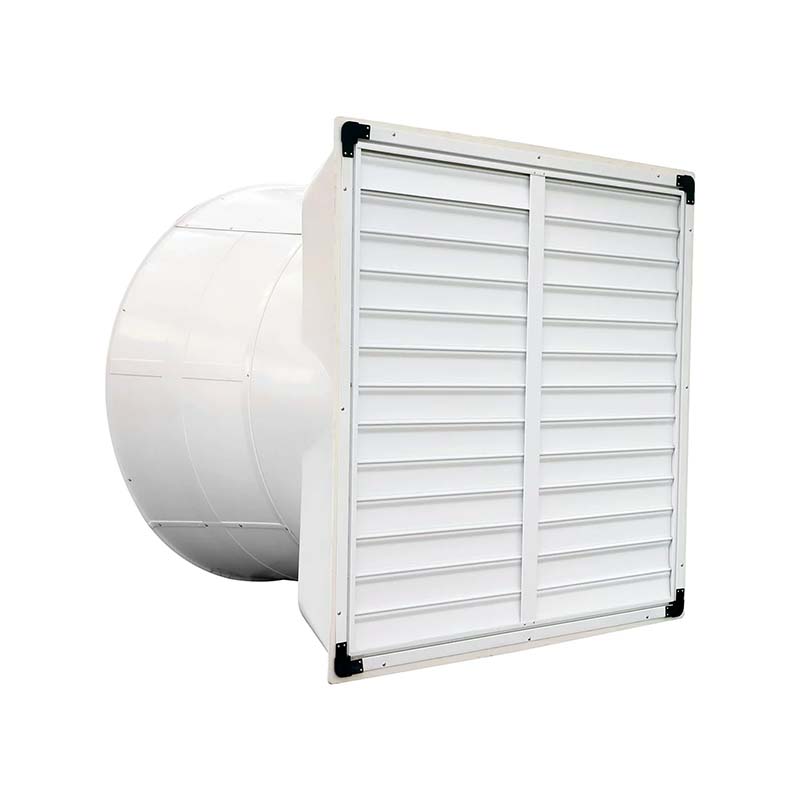Broiler Chicken Cage Design for Optimal Growth and Welfare Standards
Nov . 25, 2024 06:22 Back to list
Broiler Chicken Cage Design for Optimal Growth and Welfare Standards
The Importance of Poultry Broiler Cages in Modern Agriculture
Poultry farming, particularly the rearing of broiler chickens, has evolved significantly over the years. As the demand for chicken meat continues to surge globally, the methods and systems used to raise these birds have become more sophisticated. One of the key innovations in this field is the use of poultry broiler cages. These cages have transformed the way that farmers manage their poultry operations, leading to improved efficiency, enhanced bird welfare, and better overall productivity.
What are Poultry Broiler Cages?
Poultry broiler cages are structured enclosures specifically designed for raising broiler chickens. Unlike traditional floor-reared systems, where chickens roam freely within a barn, broiler cages provide a controlled environment that allows for the maximization of space and resources. These cages are typically stacked vertically, allowing farmers to house a larger number of birds in a smaller footprint. This vertical arrangement not only optimizes land usage but also simplifies management tasks such as feeding, watering, and monitoring health.
Advantages of Using Broiler Cages
1. Improved Space Utilization One of the most significant advantages of broiler cages is their ability to maximize available space. Farmers can rear more chickens in less area, which can lead to increased production without the need for additional land. This is particularly beneficial in regions where land is scarce or expensive.
2. Enhanced Biosecurity Caged environments help to contain birds in a way that reduces the risk of disease transmission. In a conventional poultry house, the interactions between birds can lead to the rapid spread of illnesses. However, caged systems limit contact, enabling better disease management and biosecurity protocols.
3. Optimal Growth Conditions Broiler cages offer controlled environments where factors such as temperature, ventilation, and humidity can be monitored and adjusted. These conditions are crucial for the optimal growth of broilers, ensuring that they reach market weight in a shorter time frame and with lower feed conversion ratios.
4. Reduced Labor Costs Managing a caged system can be less labor-intensive compared to traditional farming methods. The design of broiler cages allows for automated systems for feeding, watering, and lighting, reducing the need for manual intervention and minimizing labor costs.
poultry broiler cage

5. Better Waste Management With a controlled environment, waste produced by poultry can be more easily collected and managed. This facilitates more effective waste management strategies, reducing the environmental impact associated with poultry farming.
Criticisms and Welfare Concerns
Despite their numerous advantages, the use of broiler cages has not been without controversy. Critics often highlight animal welfare concerns, arguing that caged systems can lead to stress and discomfort for the birds. In response to these concerns, many producers have begun adopting alternative practices such as enriched cages that provide more space and amenities for the birds, including perches and nesting areas.
Animal welfare is an increasingly important consideration for consumers, and as a result, there is a growing demand for ethically produced poultry products. Farmers are encouraged to balance productivity with the welfare of their animals, and innovations in cage design can help to address these concerns without sacrificing efficiency.
The Future of Poultry Broiler Cages
As technology continues to advance, the future of poultry broiler cages seems promising. Innovations such as smart farming technologies, which incorporate sensors and data analytics, are being integrated into poultry farming practices. This can enhance monitoring capabilities, allowing farmers to ensure the health and well-being of their birds while optimizing production.
Sustainability also plays a crucial role in the future of broiler cages. As the industry seeks to reduce its carbon footprint and environmental impact, practices that promote efficient resource use and waste management will become increasingly vital.
In conclusion, poultry broiler cages represent a significant development in modern agriculture, offering multiple benefits that can enhance production while addressing challenges related to space, biosecurity, and labor. Despite the concerns surrounding animal welfare, the continued evolution of cage designs and farming practices has the potential to strike a balance between productivity and humane treatment of animals, paving the way for a sustainable future in poultry farming. As the industry adapts to meet both consumer demands and ethical considerations, the role of poultry broiler cages remains crucial in feeding a growing global population.
-
Hot Sale 24 & 18 Door Rabbit Cages - Premium Breeding Solutions
NewsJul.25,2025
-
Automatic Feeding Line System Pan Feeder Nipple Drinker - Anping County Yize Metal Products Co., Ltd.
NewsJul.21,2025
-
Automatic Feeding Line System Pan Feeder Nipple Drinker - Anping County Yize Metal Products Co., Ltd.
NewsJul.21,2025
-
Automatic Feeding Line System - Anping Yize | Precision & Nipple
NewsJul.21,2025
-
Automatic Feeding Line System - Anping Yize | Precision & Nipple
NewsJul.21,2025
-
Automatic Feeding Line System-Anping County Yize Metal Products Co., Ltd.|Efficient Feed Distribution&Customized Animal Farming Solutions
NewsJul.21,2025






